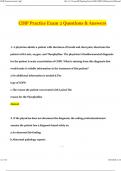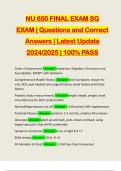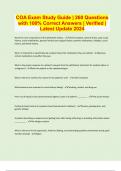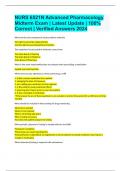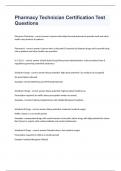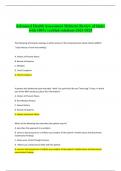Exam (elaborations)
Human Exceptionality School Community And Family 12th Edition by Michael L. Hardman - Test Bank
- Course
- Institution
Test Bank For Human Exceptionality School Community And Family 12th Edition by Michael L. Hardman Complete Test Bank
[Show more]




